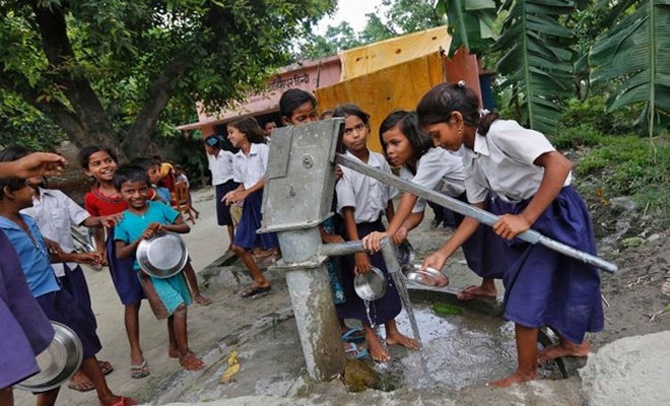Bhubaneswar: In what raises significant health concerns among the people, the Central Ground Water Board (CGWB) has found high nitrate levels in the groundwater of 15 districts of the state. The ‘Annual Groundwater Quality Report 2024’ released by the CGWB also found excessive fluoride content in the groundwater of 10 districts.
High nitrate levels (above 45mg/l) have been found in the groundwater in Angul, Bolangir, Bargarh, Cuttack, Dhenkanal, Keonjhar, Khurda, Koraput, Mayurbhanj, Nayagarh, Nuapada, Puri, Sambalpur, Subarnapur and Sundargarh districts, the report said. Nitrate contamination is a significant environmental and health concern, particularly in agricultural regions using nitrogen-based fertilizers and animal waste. High nitrate levels can cause health issues like blue baby syndrome in infants and are unsafe for drinking. “High nitrate levels in groundwater can be a result of excessive irrigation which can push nitrates from fertilizers deep into the soil,” the report said, adding that poor management of animal waste in livestock farming adds to the problem as it releases nitrates into the soil.
Urbanisation and population growth increase wastewater and sewage which often contain high nitrate levels, while leaking septic systems and poor sewage disposal worsen contamination. The report said high fluoride concentrations (more than 1.5 mg/l) were found in the groundwater of Angul, Bolangir, Bargarh, Jharsuguda, Nayagarh, Nuapada, Puri, Sambalpur, Subarnapur and Sundargarh districts. “High fluoride contents in groundwater used for consumption are harmful to human health. Long-term intake of groundwater with excessive fluoride concentrations often leads to waterborne fluorosis, such as dental and skeletal fluorosis,” it said.
Also Read: Jungle safari opens at Atei reserve forest
A total of 15,259 monitoring locations were chosen nationwide to check groundwater quality in May 2023. High nitrate levels were found in groundwater of 440 districts across India, with 20 per cent of the samples collected exceeding the permissible nitrate concentration, the report said.
